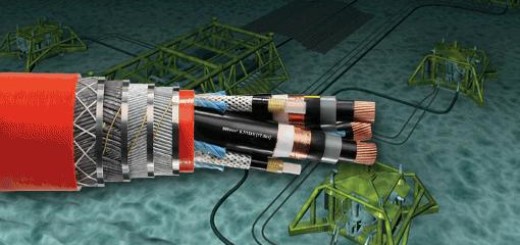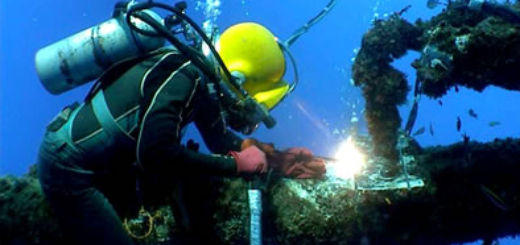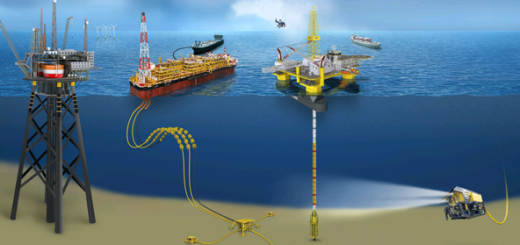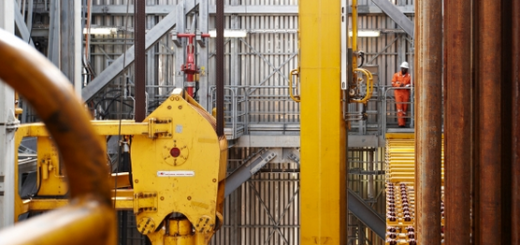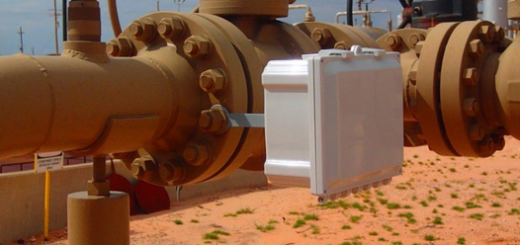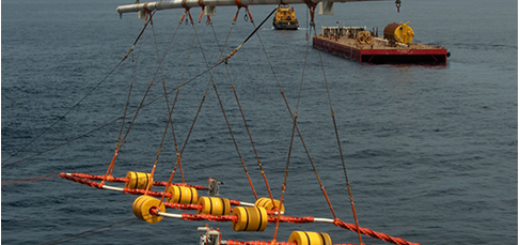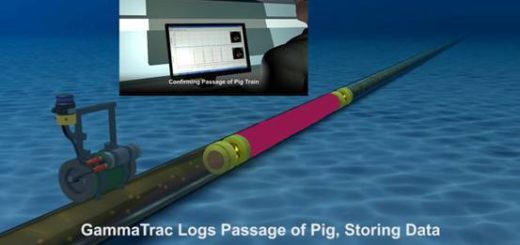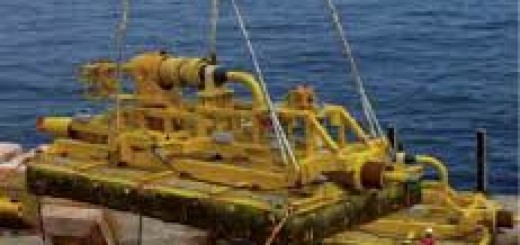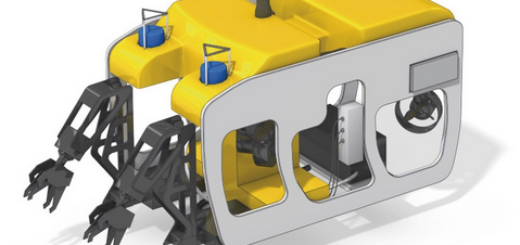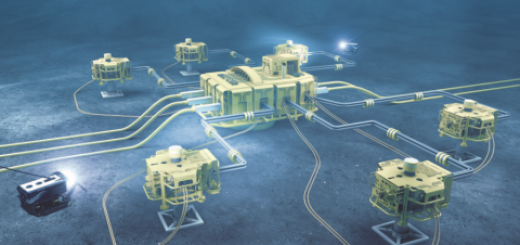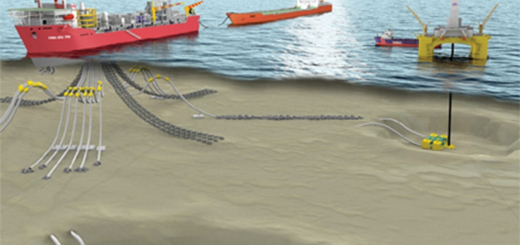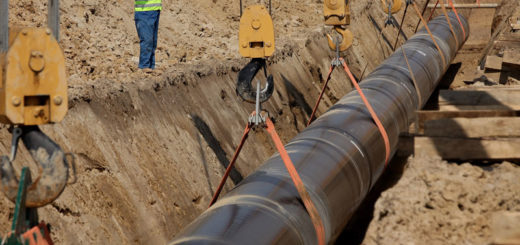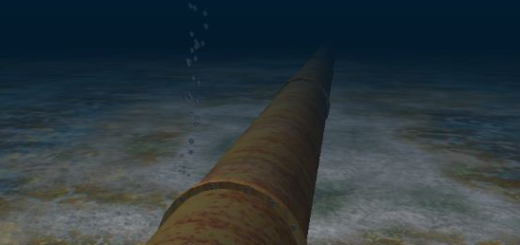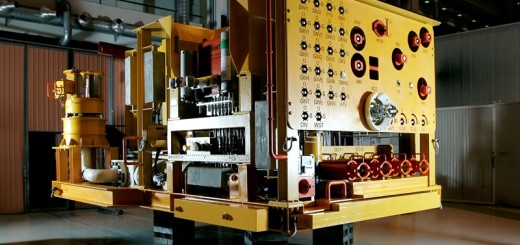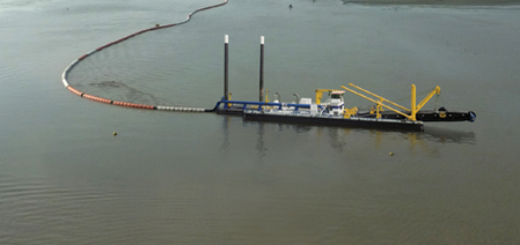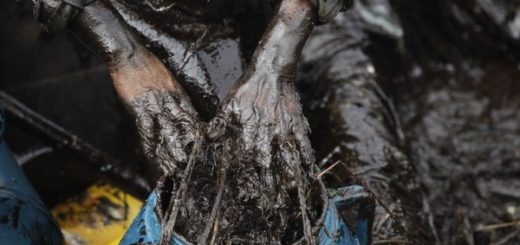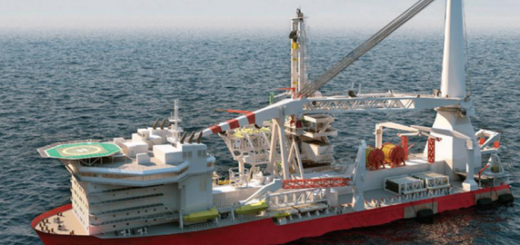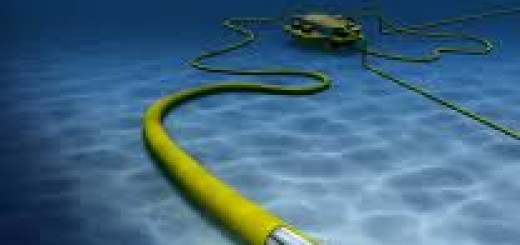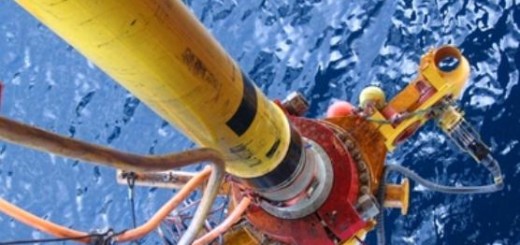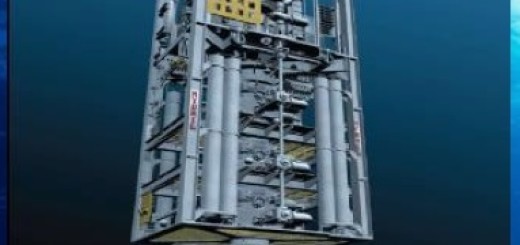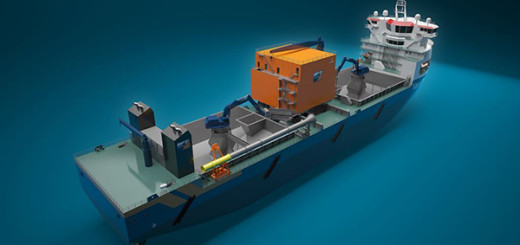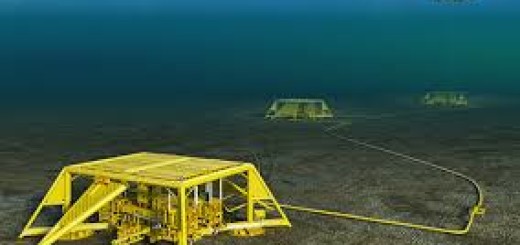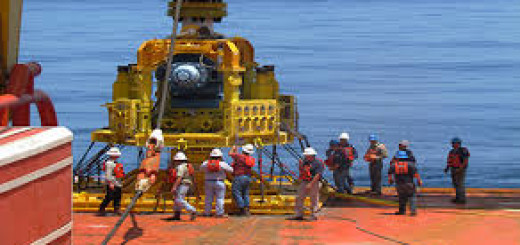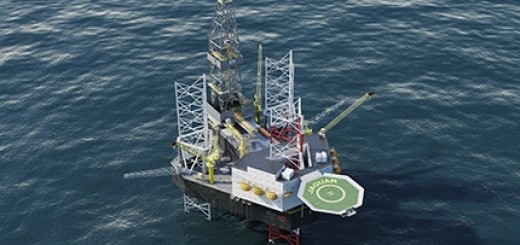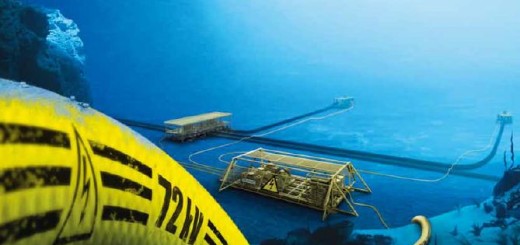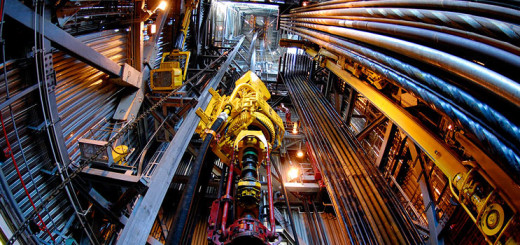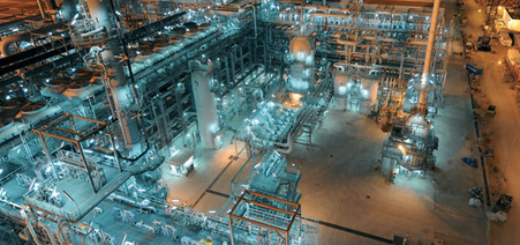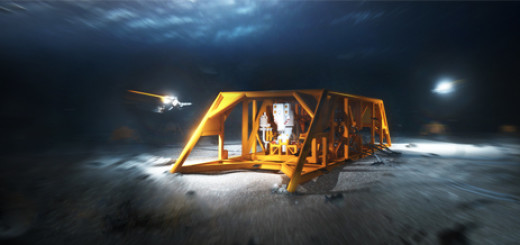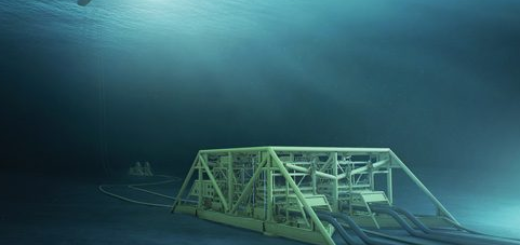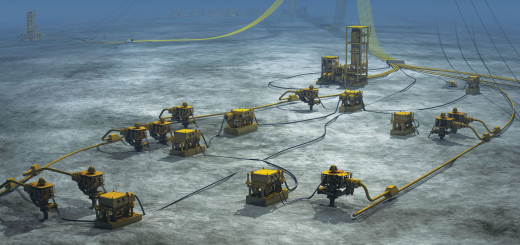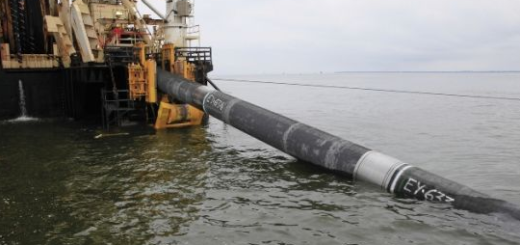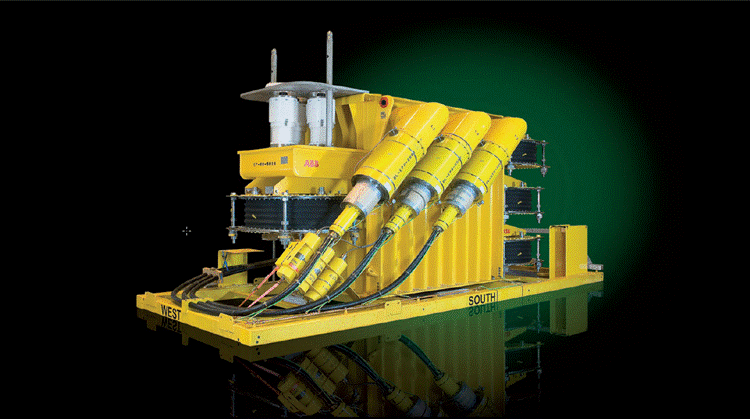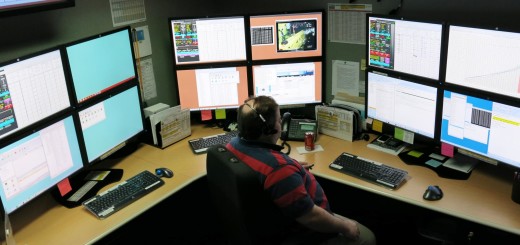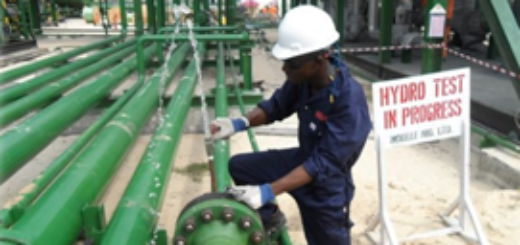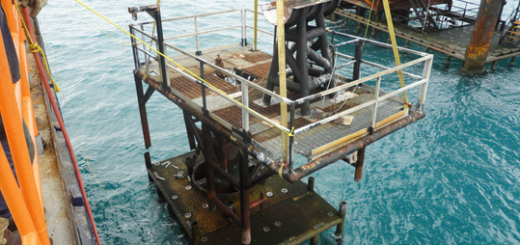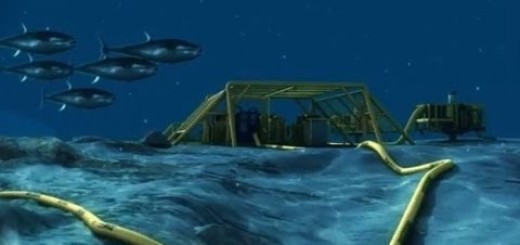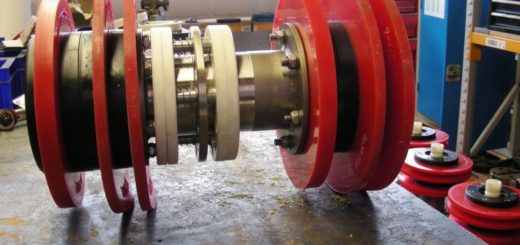Subsea Field Development
Subsea Field Development
Offshore oil and gas fields are complex and capital intensive projects with requirements for specialized vessels and technologies, precise planning and extensive support mechanisms. The management of these operations must also take into account the critical issues of safety and environmental protection, as well as new technologies, increasingly specialized vessel design and more sophisticated management strategies as fields become more complicated.
This course is filled with practical and knowledge, richly illustrated with case studies, images and diagrams.
Delegates will have the knowledge needed to fully engage with of this evolving sector which represents one of the fastest-growing frontiers of global oil and gas. Course instructors are core subsea professionals.
Contents
Day 1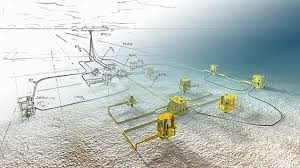
- Subsea Field Development Overview
- Deepwater or Shallow-Water Development
- Wet Tree and Dry Tree Systems
- Wet Tree Systems
- Dry Tree Systems
- Systems Selection
- Subsea Tie-Back Development
- Tie-Back Field Design
- Tie-Back Selection and Challenges
- Stand-Alone Development
- Comparison between the Stand-Alone and Tie-Back Developments
- Classification of Stand-Alone Facilities
Day 2
- Artificial Lift Methods and Constraints
- Basic Artificial Lift Methods
- Gas Lif
- Subsea Pressure Boosting
- Electric Submersible Pump (ESP)
- Vertical Booster Stations
- Horizontal Booster Station
- ESP Jumper System
- Subsea Processing
- Template, Clustered Well System, and Daisy Chain
- Satellite Well System
- Template and Clustered Well System
- Clustered Satellite Wells
- Production Well Templates
- Daisy Chain
Day 3 – Case Study : Brown Field Tieback Development
- Subsea Field Development Assessment
- Basic Data
- Water-Cut Profile
- Process Simulations
- Hydraulic Systems Sizing
Course Registration
For Registration details; please download the form here.
For further information on course fees or content details; please contact info@chesssubseaengineering.com


